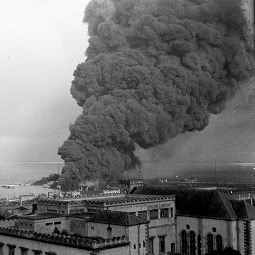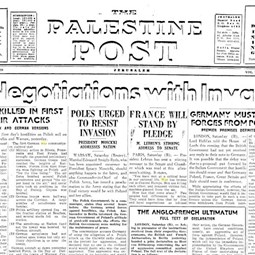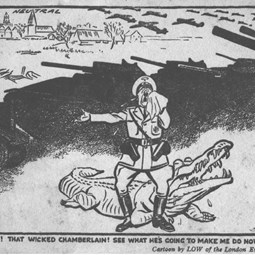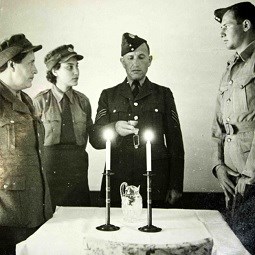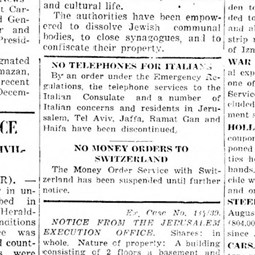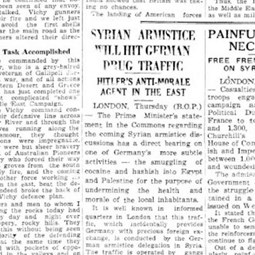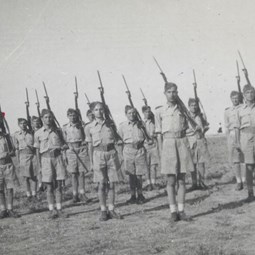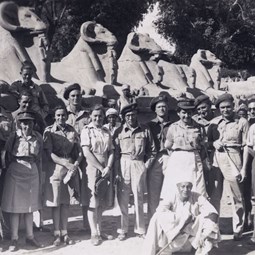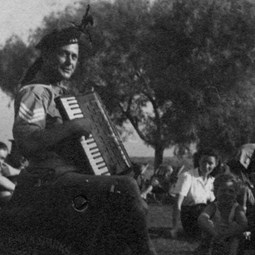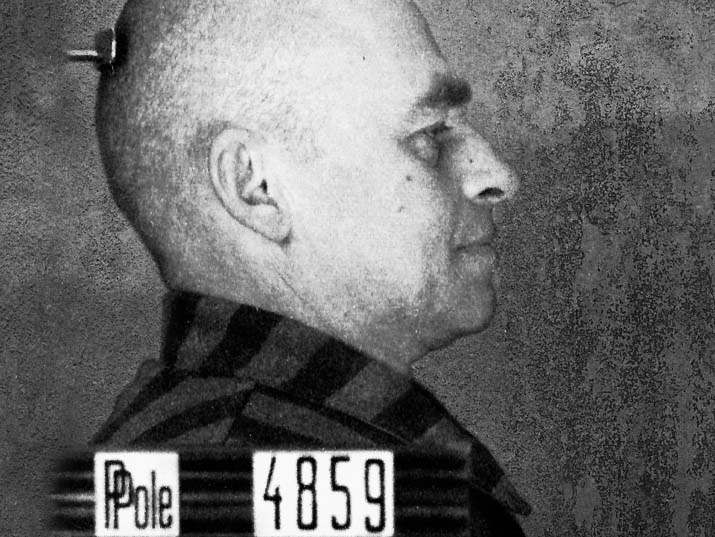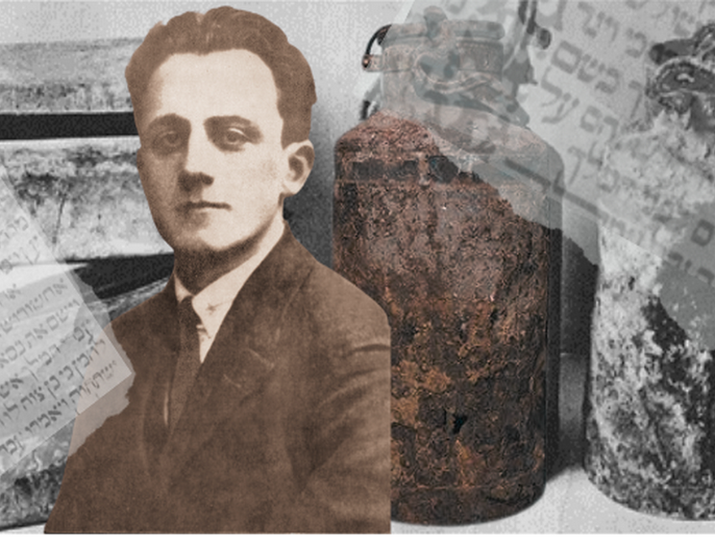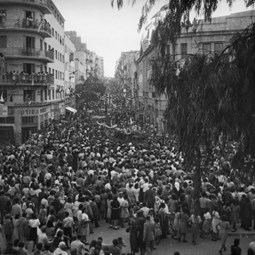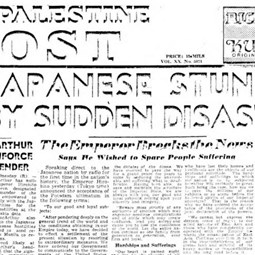World War II
World War II was the most destructive and deadly war in human history. The war officially began when Nazi Germany invaded Poland on September 1, 1939. Although the invasion of Poland is commonly seen as the first act of war, Nazi Germany’s annexation of Austria and its occupation of Czechoslovakia in 1938 and 1939, even if they occurred without violent resistance (and even consent in the case of Austria), were also militarist acts.
The Wehrmacht - the German army - quickly conquered country after country: Poland, France, Belgium, the Netherlands, Denmark, Norway. International anxiety grew with each country that fell before the well-oiled Nazi war machine. Shortly before the outbreak of the war, Germany and the Soviet Union signed the Molotov-Ribbentrop Pact, a treaty of non-aggression between the two powers, but in June 1941, Germany violated this agreement and invaded the Soviet Union. At first, the German army moved with lightning speed to conquer very large areas, but the enormous size of the Soviet Union—as well as the harsh Russian winter—eventually hampered the German advance.
In the winter of 1941, after two years of military successes, the German advance stalled for the first time in the Battle of Moscow. A complete reversal took place a year later in the deadly Battle of Stalingrad in the winter of 1942–1943: hundreds of thousands of German soldiers failed to break the resistance of the Red Army. Most of the Germans who were not killed in battle or did not die from disease, cold or hunger were taken prisoner.
In every territory the German forces conquered in Europe, they searched for and hunted down Jews - either executing them on the spot or sending them to the ghettos and extermination camps set up by the Nazi regime in the conquered lands. The Holocaust of European Jewry reached enormous proportions, and by the end of the war in 1945, more than six million Jews had been murdered throughout Europe.
Two other countries—Italy and Japan—joined Germany and fought alongside it in an attempt to conquer as much territory as possible. Together they constituted the “Axis Powers”. After Japan launched an attack on the American naval base at Pearl Harbor in December 1941, the United States joined the war, and a second major war theater was added in the Far East. Until June 1944, the Western Allied forces limited their military action, and focused mainly on aerial bombing of cities and industrial centers in Germany. The invasion of Normandy in Northern France in June 1944 opened another front. The Allies advanced across occupied Europe and began to liberate territories, until finally the Red Army forces occupied Berlin.
Facing Germany’s impending military defeat, Adolf Hitler committed suicide on April 30, 1945. On May 8, German forces in Europe surrendered to the Allies. Japan, however, continued fighting. Only after the United States dropped two atomic bombs on the cities of Hiroshima and Nagasaki in early August 1945 did the Empire of Japan surrender. Between 130,000 and 220,000 people were killed as a result of the American nuclear attacks.
Between 50 and 60 million people were killed during the war and large parts of many countries suffered terrible destruction. Germany lost much territory to Poland and was even divided into a western part—later the Federal Republic of Germany—and an eastern part, which became the German Democratic Republic, one of the countries of the communist bloc under the leadership of the Soviet Union. This division lasted until 1990 with the reunification of Germany.
The National Library of Israel has collected many archival materials which tell the story of the most devastating war of all time. The many items include personal testimonies, photographs, maps, posters, articles, personal diaries, books, recordings, various documents and press clippings. The abundance of materials, including many rare items, illuminate various aspects of the war.

 Sign in with Google
Sign in with Google
 Sign in with Facebook
Sign in with Facebook

